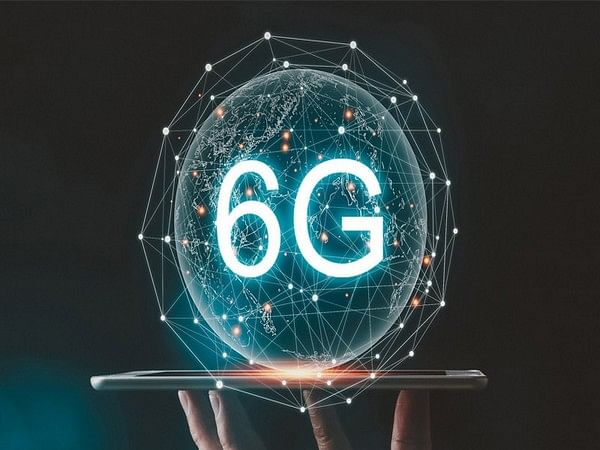Despite being touted as the technology hub of the world, India has till now mostly played catch up when it comes to adoption and implementation of communication service technologies. India missed the bus on 2G, 3G and 4G. Even with 5G, while the rollout in India is underway, the launch was delayed and nearly 70 countries had a heads up over India. However, given the sheer scale of the market in India, the country is still expected to play a significant role in the proliferation of 5G, which till now was largely driven by developed markets.
With 5G largely developed and being deployed worldwide, discussions around 6G – which technically does not exist today — have gathered pace. Not wanting to let slip the opportunity this time around, India has announced plans to roll out 6G services by 2030 – in line with the global timelines.
On Thursday, Prime Minister Narendra Modi unveiled the ‘Bharat 6G Vision Document’, which lays out a roadmap and action plans for 6G in India. He also announced the launch of 6G Test Bed that will provide academic institutions, industries and start-ups a platform to test and validate the evolving technologies.
For the 2030 target, now is the right time to begin preparing for the 6G rollout because it usually takes about a decade to design a new mobile generation as global stakeholders, including industry, regulators and global standards bodies, need to agree on every minute technical designs and implementation.
What is also interesting is that this announcement by the government comes just six months after the launch of 5G or fifth generation services in the country. While 5G is the newest generation of cellular network technology and India is still exploring all the opportunities and possibilities it offers, 6G is expected to be an even superior technology. As per the vision document, 6G promises “a world of unimaginable speeds, connective intelligence and a highly mature IoT model that will enable and empower automated cars and smart home networks and will heighten the already existing interplay between everyday life and the internet”.
Getting an early start in 6G also means that India could participate in the design and standard development process – which can be leveraged for India’s advantage.
Also read: 5G is coming to India next month. Should you upgrade?
New technological advancements
While 5G technology promises a speed range of 40 – 1,100 Mbps with the potential to hit maximum speeds of 10,000 Mbps, even in concept stage, 6G promises to “offer ultra-low latency with speeds up to 1 Tbps that can take machine-to-machine and human-to-machine interactions to unprecedented heights, transform use of virtual and augmented reality, mobile edge computing and Artificial Intelligence”. 6G may have the power to make remote-controlled factories a reality and self-driven cars and smart wearables taking inputs directly from human senses ubiquitous.
As with 5G, these technological advancements will not only drive new communication applications, but will have the capability to transform economies.
Committing resources to work on the new possibilities, India has set six task forces to explore the major pillars of the 6G Vision, including standardisation, identification of the spectrum, R&D finance, innovative solutions and ecosystem for devices and systems. Further, priority areas will be identified for research by involving all stakeholders including industry, academia, and service providers.
The vision document recommends “setting up a nine-year national mission for 6G, with a clear goal of creating some minimum indigenous IP that can become a part of 6G standards and leads to creation of commercial products made in India by 2030”. “It should have reasonable funding allocation with freedom to foster public-private collaboration partnership, with funds disbursement and mission objectives accomplished over three phases.” It has recommended a government funding of up to $4 billion for the mission, with the industry putting in the rest.
India is the world’s second-largest telecom market, and has the wherewithal to become a net technology provider and manufacturer to the world. For this, it needs to actively participate in the development of 6G and drive the innovations, rather than playing catch up to the developed market again. This becomes all the more important for India as we are a mobile-first market with over 1100 million mobile phone users. Every household in India today is buying smartphones at an average of one phone every 2 years. As per the vision document, the total annual purchase of smartphones is greater than 16 crore smartphones for about 30 crore Indian households. Additionally, a similar amount is being spent annually on two-wheelers, while the annual spend on other household appliances is a lot less. So, an average Indian finds a personal smartphone as valuable as a personal vehicle.
Views are personal.
(Edited by Prashant)



